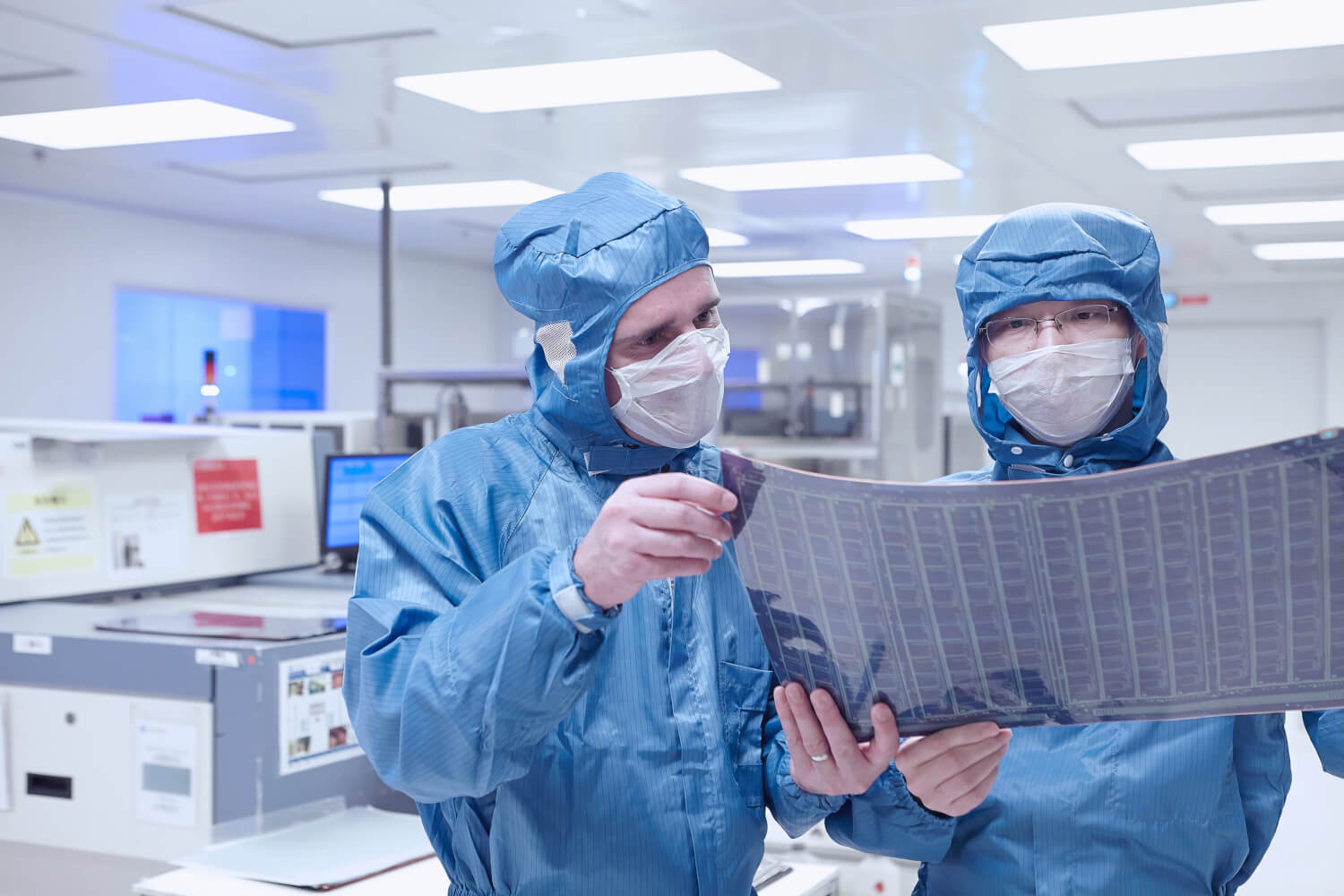Cleanroom
A cleanroom is a controlled indoor space that maintains extremely low levels of airborne particles and contaminants. These rooms are essential for industries that produce highly sensitive equipment, such as microprocessors, pharmaceuticals, and medical devices, where even microscopic dust particles can compromise product quality and safety.
To minimize contamination, cleanrooms utilize high-efficiency particulate air (HEPA) or ultra-low penetration air (ULPA) filters that continually circulate and purify the air. They often employ sophisticated airflow designs, which direct purified air in a consistent, unidirectional stream, preventing particles from settling on surfaces or products. Cleanrooms also regulate temperature, humidity, and air pressure to maintain optimal conditions and reduce the risk of interference with production processes. Monitoring systems continuously assess particle levels, temperature, and other parameters to ensure the room remains within the required limits.
Personnel in cleanrooms must wear specialized protective garments, often called "bunny suits," which cover them entirely to prevent contaminants from entering the environment. These suits resemble space attire but are lightweight and designed to allow for ease of movement in the controlled setting.
Cleanroom Classifications
Cleanrooms are classified according to international standards, such as the ISO 14644-1 standard, which defines the maximum permissible particle count for various particle sizes. For example, an ISO Class 6 cleanroom (Federal Standard Class 1000) permits up to 1,000 particles larger than 0.5 microns per cubic foot of air. An ISO Class 5 cleanroom (Federal Standard Class Class 100) allows no more than 100 such particles. Most CPU fabrication requires Class 6 or higher.
NOTE: Cleanrooms may also be called "clean rooms."

 Test Your Knowledge
Test Your Knowledge